À partir d’une sélection de cartes et d’indicateurs clés commentés, ce recueil dresse un panorama synthétique des principaux usages des territoires littoraux et marins de l’Hexagone et des Outre-mer. Il aborde leurs impacts sur l’environnement, les dispositifs mis en place pour préserver les écosystèmes, ainsi que les effets du changement climatique, notamment sous l’angle des risques naturels littoraux. Enfin, il illustre la place importante de la France au niveau mondial du fait de son second rang en matière d’espace maritime couvert et de sa puissance économique maritime.
Via PRN Sports de nature



 Your new post is loading...
Your new post is loading...

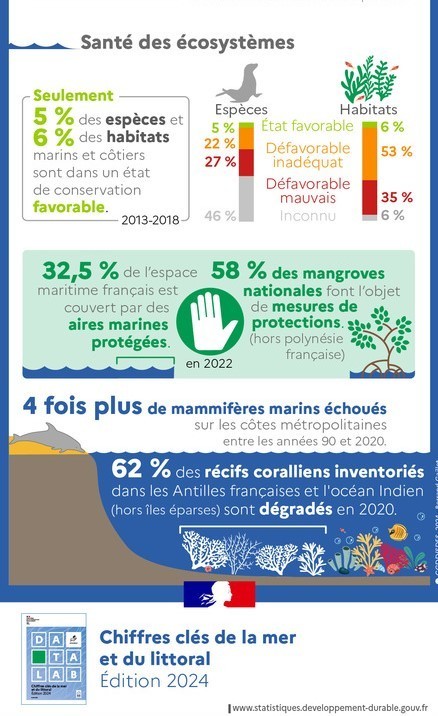


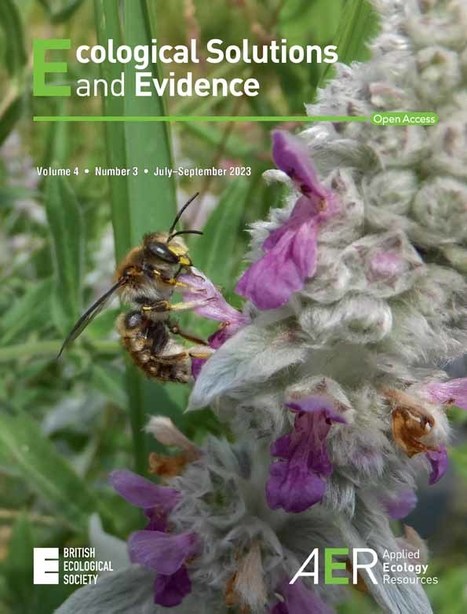
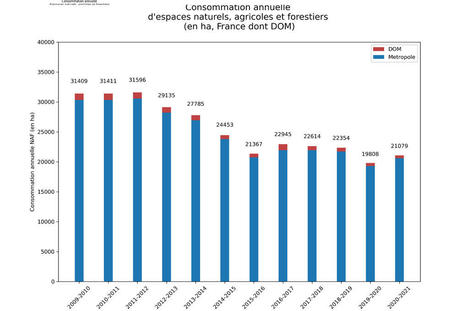
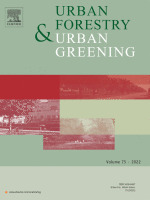

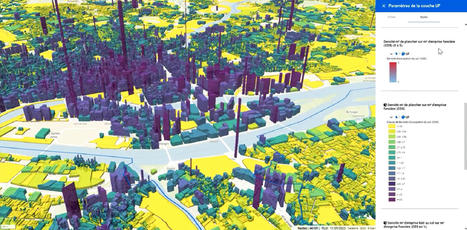
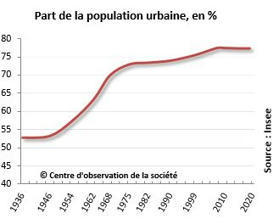
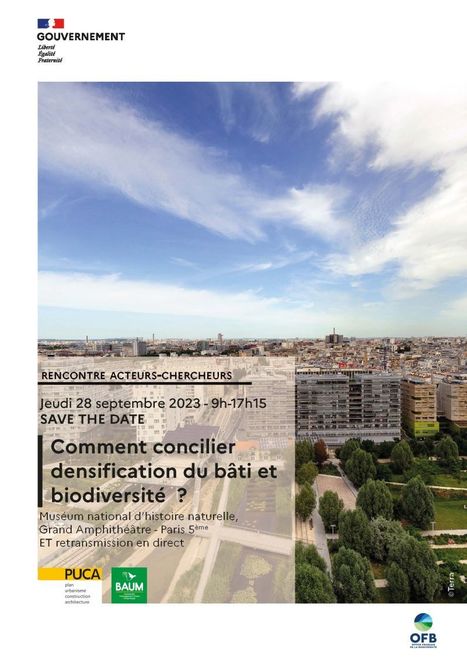

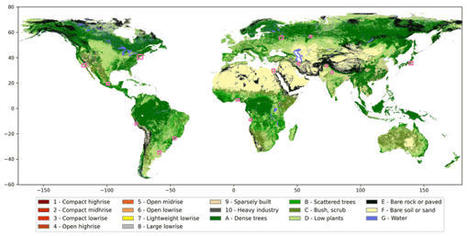





Consultez notamment : Données partie 2 : état des eaux, pressions et impacts - Chiffres clés de la mer et du littoral 2024 (xlsx, 205.08 Ko)